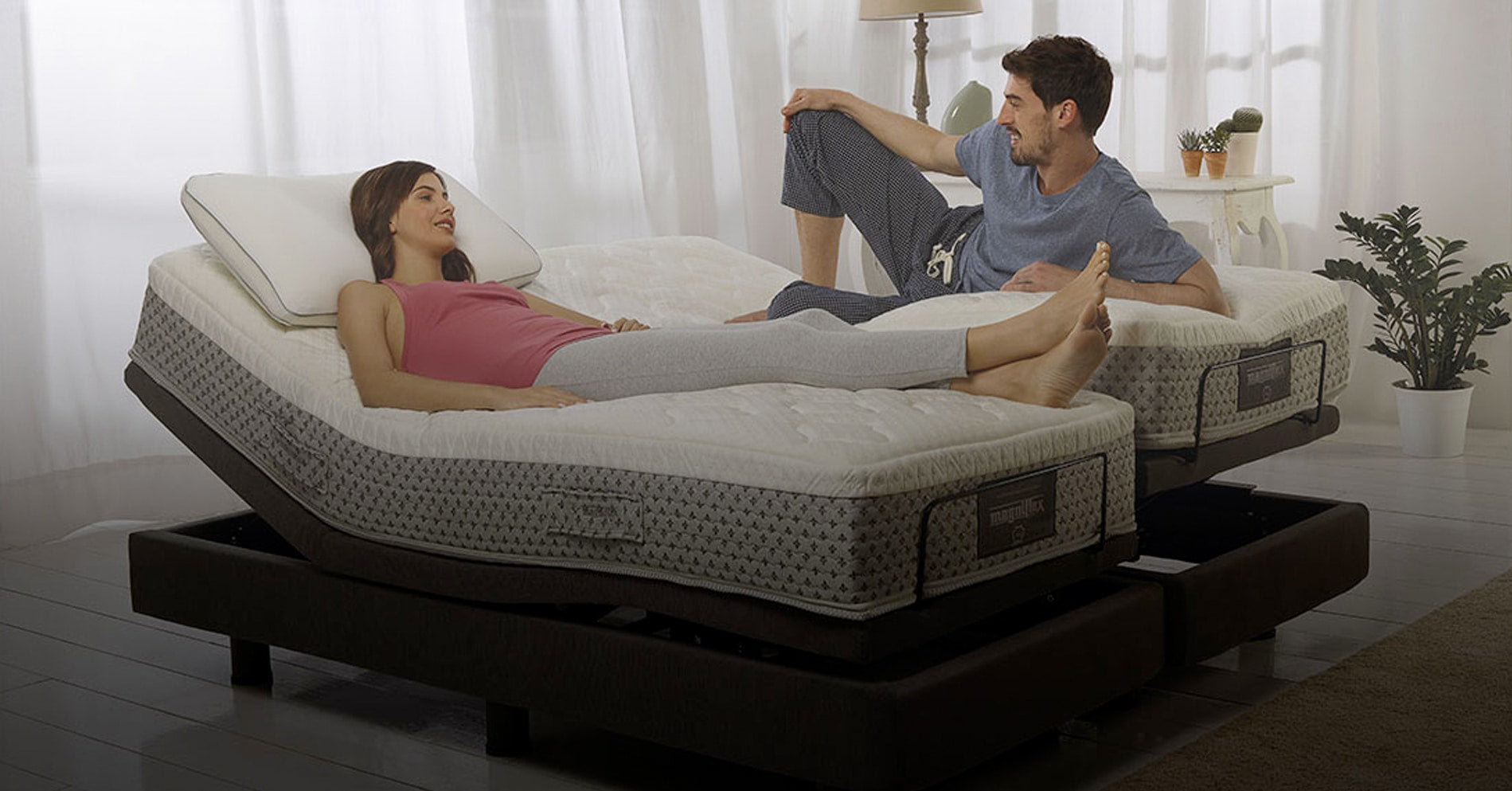Even the best of us occasionally experience stiff necks or sore backs when we awaken in the morning. While everyone will occasionally feel pain in the morning, persistent pain during or right after sleep may indicate that your sleep position needs some adjustment.
After a night of sleep, pain, soreness, or stiffness in your joints and muscles is frequently a sign that your body wasn’t resting in an adequately supported position. Your body will suddenly experience gravity in a different way when you lie down on a flat surface, and some areas will feel more pressure than others. When lying down, the neck, shoulders, spine, hips, and knees typically endure additional stress.
Depending on how you sleep, it might be challenging to maintain them all in relaxed, neutral positions for the duration of the entire night. These annoying morning aches and pains are the result. Fortunately, you can examine how you sleep and make a few minor adjustments to help you get more rest and wake up pain-free.
For Side Sleepers
Your neck, shoulders, spine, and hips may frequently become out of alignment when you sleep on your side. The spine between the shoulders and hips may tend to sag or curve unnaturally because of the additional pressure this posture will put on those two body parts in particular. Additionally, poor mattress support and unnatural leg positioning can cause the hips to become out of alignment.
Try switching to a softer mattress to gently hug your curves without applying too much pressure in order to sleep on your side more comfortably. Hip and spinal alignment is promoted by placing a pillow between your knees and lying with your knees and hips slightly bent. To maintain your head and neck in alignment with your spine, you can also use a pillow that isn’t too thick.
For Stomach Sleepers
Because it places your neck and spine in an unnatural position, sleeping on your stomach can be difficult. It’s impossible to achieve proper spinal alignment with your head tilted to one side or the other.
Additionally, when you are lying on your stomach, it’s possible that your torso will naturally sink into the mattress, which will cause your back to arch. People who are in this position may also naturally lean toward raising one leg to the side, which can throw off the alignment of the hips and lead to lower back pain.
Experts frequently advise against sleeping on your stomach, especially if you already experience joint or back pain.
However, if that’s the only way that makes you feel comfortable, try using a thin pillow or none at all. A thin pillow placed beneath the forehead, allowing space to breathe while the head and neck face forward, can help lessen the strain on your body if it is comfortable for the sleeper.
To avoid sinking and relieve pressure on the spine, keep both legs straight out in front of you and place a small pillow beneath the pelvis. You can also use a firm mattressto prevent high pressure points from sinking while you sleep, keeping you comfortable.
For Back Sleepers
Fortunately, if you sleep on your back, you’re probably already in a neutral position. Weight tends to be distributed more evenly across the mattress when you are on your back, which enables your spine to naturally curve. Because of this even distribution, your joints can rest with little discomfort.
While it is simple to position yourself when sleeping on your back, if the spine and legs aren’t properly supported, it can result in lower back pain. If you do experience pain after sleeping on your back, think about putting a small pillow between your knees and lower back.



